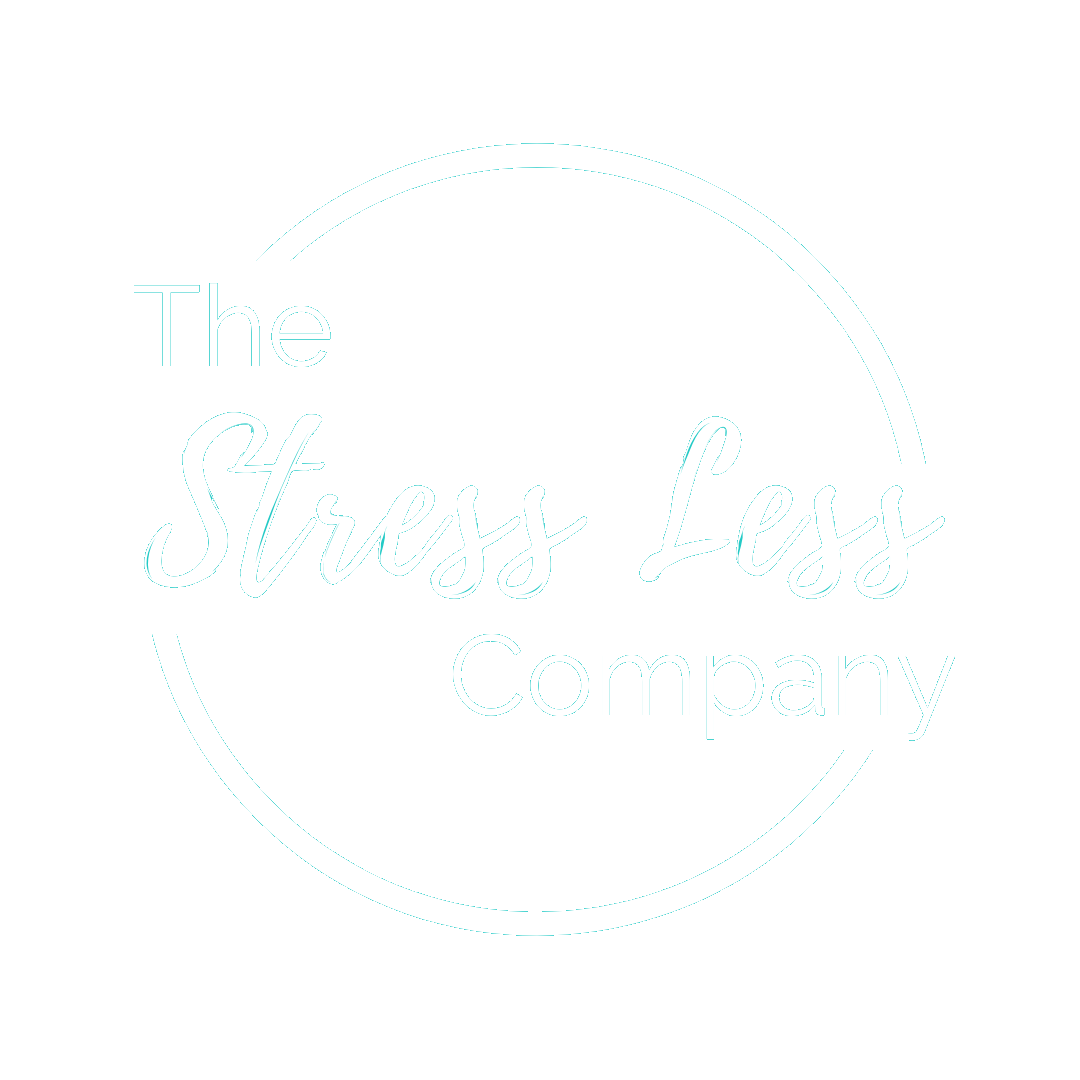Dreams are mysterious things. They can be funny, embarrassing, heartbreaking, and even terrifying; but how many of us really understand what is really going on with our dreams? We have been talking about physical heath on The Stress Less Show this month and getting enough sleep is a huge part of taking care of our health. However, sometimes our dreams get in the way of our ability to get a full night’s rest. The fear, worry and maybe even trauma from our waking life seeps into our subconscious and manifests in night terrors and nightmares. That is why I brought on the creator of the app Dreamcatcher, Evan Stites-Clayton, to share how lucid dreaming can be a powerful tool we can put in our toolbox to deal with our dreams and nightmares.
Evan first began his journey with lucid dreaming after lucid dreaming found him. Having night terrors in his own life, he had his first lucid dream spontaneously after watching the Richard Linklater film, Waking Life. The movie and his experience led him to become inspired to pursue the power of lucid dreaming further.
“It really changed my relationship with sleep [and] with the night terrors that I had been having and sort of transformed what I thought was a problem or something scary into my new superpower.”
Since then, Evan has found a way to teach others how to lucid dream through workshops, talks, and even a university course he developed at Brown University. He then went on to create his app Dream Catcher to help teach as many people as he can how powerful lucid dreaming can be. Through his work, Evan has amassed tons of insight into how to improve and strengthen our relationship with sleep and our dreams and so he came on the show and shared three tips we can all use to start exploring our dreams today.
Tip #1: Start a Dream Journal
When beginning to explore lucid dreaming, Evan’s first tip is to start bringing more awareness to our current dream experiences. He recommends starting to write down the dreams we have so that we can increase our ability to connect with our dreams.
“Dream journaling is a very powerful practice in that it gives the dream a place to go in reality. It's like a kind of a nest for the dream to fly into and by having that nest there, you are actually enabling yourself to dream more.”
As we begin dream journaling, it is important to remember that it is okay if we can’t always recall every detail of our dreams. We can write down whatever we can recall - a feeling, an image, a thought - and by cultivating this practice and the intention of writing down our dreams, we start to become more attuned to them.
Tip #2: Conduct a Reality Test
As we continue to explore our dreams, another useful exercise Evan suggests is conducting a reality test so we can start to recognize when we are or are not dreaming. This is especially helpful for those of us who suffer from nightmares and night terrors so that we can pull ourselves out of the fear we feel in those dreams. A quick test to use to check if we are dreaming is pinching our nose and trying to breathe through it. If we can still breathe, we are actually dreaming.
“That is how many people I teach to lucid dream end up having their first lucid dream. They start to habitually do these checks whether it's every time they walk through a door or every time they feel tempted to pull out their phone.”
By creating the habit of doing these reality checks in our daily lives, we are able to utilize them in our dreams as well so we can start to move towards having more lucid dreams. From this state, we can begin to observe and learn from our dreams as messages our subconscious is trying to tell us, instead of simply reacting to the fear or anxiety they may stir within us.
Tip #3: Adjust Your Sleep Habits
Evan’s final tip in beginning to lucid dream is to start looking at how our sleep habits play into our dreams.
“Changing your sleep habits can also change the kind of dreams you have and can help you have lucid dreams.”
Evan suggests incorporating a period of time in the morning where we can wake up and then go back to sleep. By having that time in the morning to stay in our sleeping position and gently wake ourselves up, it even becomes easier to simply remember the dreams we had before we fall back asleep. By connecting to our dreams, we can promote more lucidity to our dream practice and discover more about ourselves in both our sleeping and our waking lives.
If you are interested in learning more about how to lucid dream, you can download Evan’s free app, Dreamcatcher, in the app store here.
View a full transcription of this week’s episode here.
